The Healthcare Navigation Platform Market is currently characterized by a dynamic competitive landscape, driven by the increasing demand for efficient patient management solutions and the integration of advanced technologies. Key players such as Epic Systems Corporation (US), Cerner Corporation (US), and Optum, Inc. (US) are at the forefront, each adopting distinct strategies to enhance their market positioning. Epic Systems Corporation (US) focuses on innovation through continuous software updates and user-friendly interfaces, while Cerner Corporation (US) emphasizes partnerships with healthcare providers to expand its service offerings. Optum, Inc. (US), on the other hand, leverages its extensive data analytics capabilities to provide tailored solutions, thereby enhancing patient engagement and care coordination. Collectively, these strategies contribute to a competitive environment that is increasingly centered around technological advancement and patient-centric solutions.
In terms of business tactics, companies are increasingly localizing their operations and optimizing supply chains to enhance service delivery. The market structure appears moderately fragmented, with several players vying for market share, yet dominated by a few key entities that significantly influence trends and standards. This fragmentation allows for innovation and niche offerings, while the larger companies maintain a stronghold through comprehensive service portfolios and established reputations.
In August 2025, Epic Systems Corporation (US) announced a strategic partnership with a leading telehealth provider to integrate virtual care solutions into its navigation platform. This move is likely to enhance patient access to care and streamline the navigation process, reflecting a broader trend towards hybrid care models. By incorporating telehealth capabilities, Epic aims to position itself as a comprehensive solution provider, addressing the evolving needs of healthcare systems.
In September 2025, Cerner Corporation (US) launched a new AI-driven analytics tool designed to improve patient outcomes by predicting care needs based on historical data. This initiative underscores Cerner's commitment to leveraging artificial intelligence to enhance decision-making processes within healthcare settings. The introduction of such tools may not only improve operational efficiencies but also foster a more proactive approach to patient care, aligning with the industry's shift towards data-driven strategies.
In July 2025, Optum, Inc. (US) expanded its healthcare navigation services by acquiring a regional health technology firm specializing in patient engagement solutions. This acquisition is indicative of Optum's strategy to bolster its service offerings and enhance its competitive edge in the market. By integrating these capabilities, Optum is likely to improve its ability to deliver personalized care pathways, thereby increasing patient satisfaction and loyalty.
As of October 2025, the competitive trends within the Healthcare Navigation Platform Market are increasingly defined by digitalization, sustainability, and the integration of artificial intelligence. Strategic alliances are becoming pivotal, as companies seek to combine strengths and resources to innovate and respond to market demands. Looking ahead, it appears that competitive differentiation will evolve from traditional price-based competition to a focus on innovation, technological advancements, and the reliability of supply chains. This shift may ultimately redefine how healthcare navigation platforms operate, emphasizing the importance of adaptability and forward-thinking strategies.


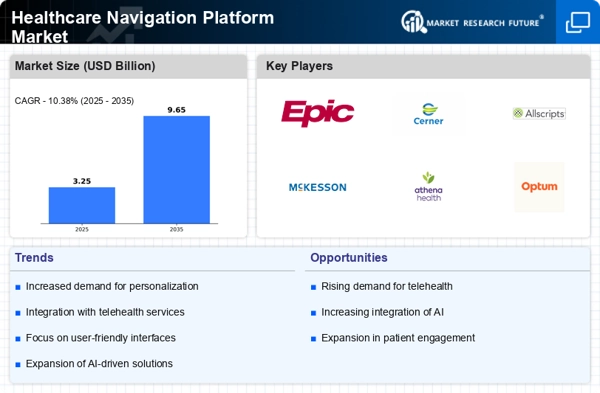
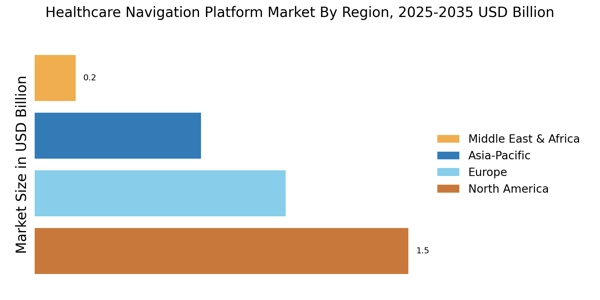
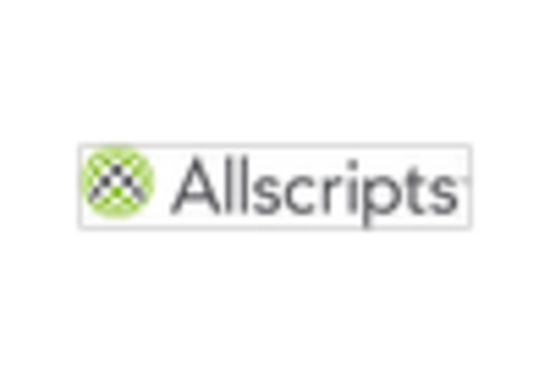
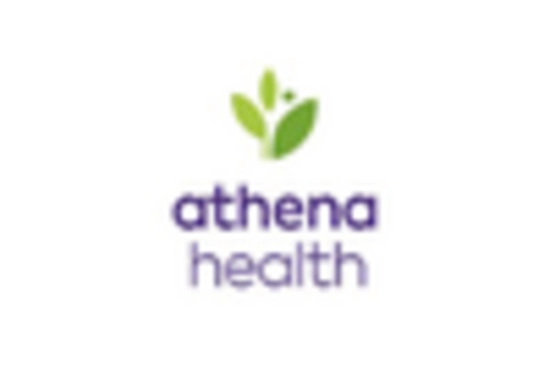
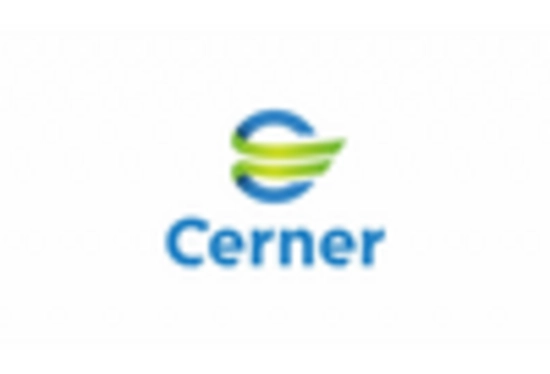
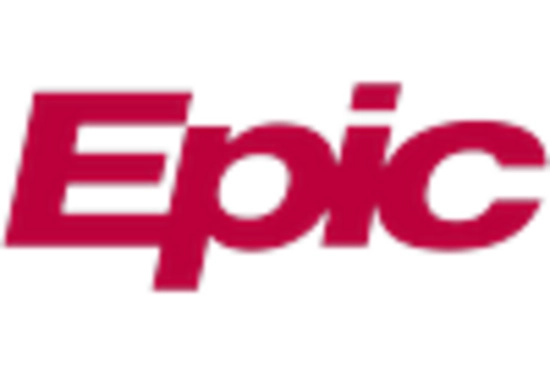
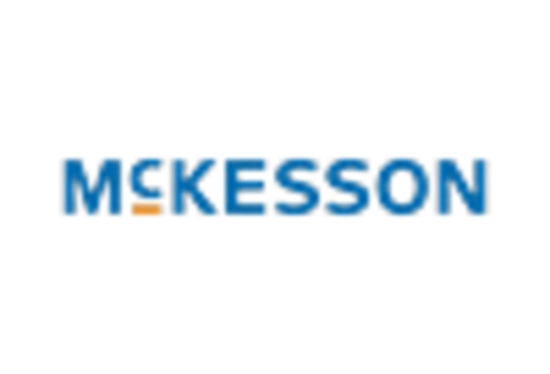
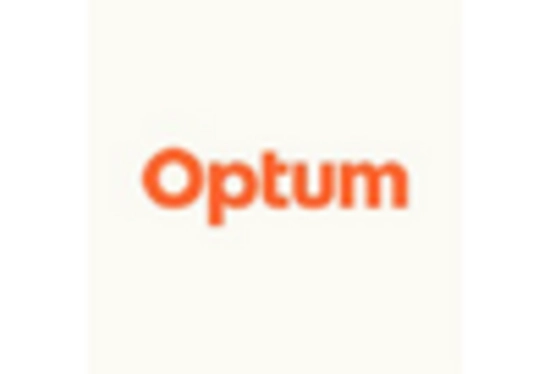








Leave a Comment